Manual Dialer
Estimated reading time: 22 minutes | Target users: Supervisors, Agents
In this tutorial, you will learn the basic functions, features and general use of VCC Live’s Manual dialer.
In VCC Live, there are 3 main dialer modes available: Manual, Power and Predictive dialer modes. In Manual dialer mode, a call can be initiated by opening a record from a list of visible records or searching for one from the project’s database. As opposed to Power and Predictive dialers, with Manual dialer agents have plenty of options regarding possible actions and statuses.
In this lesson you will learn how to:
- What the characteristics of the Manual dialer mode are
- Which agent statuses are available in Manual dialer mode
- What available settings there are
- How to optimize your work with Manual dialer mode
- How to display records to agents based on their skill
- When to choose Manual dialer mode
- How to set up Manual dialer mode
1. The Characteristics of Manual Dialer Mode
One of the main differences in Manual dialer mode, in contrast to Power or Predictive dialer modes, is that records are manually selected one by one by agents, and each dialed record is always preassigned to a specific agent. Power and Predictive modes sort calls based on agent availability, whereas in Manual mode, agents select and initiate calls themselves. It is possible, however, to set up a quicker workflow by selecting Open next callable record automatically, as described in How to optimize your work with manual dialer mode.
Since there is no algorithmic automation behind this option, the maximum number of initiated calls can only equal the actual number of available agents in a project. For the same reason, agents have to set a disposition after each call themselves – the only exception to this is when the dialed number is present on a Robinson list, such calls receive the Discard (Robinson) disposition by default (learn more about Robinson lists here). For the reasons above, Manual dialer mode is considered to be the least efficient dialer mode: measurements based on historical data indicate that the general efficiency rate for Manual dialer does not exceed 25 minutes / hour (meaning 25 minutes of effective talk time + 35 minutes spent in other statuses per hour). Learn more about how we measure call center efficiency at VCC Live.
2. Available Agent Statuses in Manual Dialer Mode
In Manual Dialer mode, agents can access up to 4 different statuses regarding their work on a record, and 3 other types of statuses regarding their availability. They are as follows:
Prework: Prework status is unique for the Manual dialer mode. It takes place after a record is selected but before a call is initiated, allowing the agent to verify customer details and prepare for the call they are about to have (this feature may depend on the agent script / datasheet setup).
Ringing: Ringing status includes both dialing and ringing. Time spent on this activity depends on the response time from the recipient’s side. In general, the Ringing status takes about 40 seconds, but it may be longer.
Call: If a call is answered by the recipient, then the agent is switched to Call status. Call status lasts until the recipient or the agent hangs up the call.
Afterwork: Once a call has ended, the agent enters the Afterwork status. Afterwork status is where the agent can enter additional information regarding the customer or the call – the final disposition can also be saved here. In this status, it is also possible to complete some additional administration related to the call.
Besides these work-related statuses, an agent can access the following statuses as well:
Available: This is the agent’s default status. This indicates when an agent is available to take a call, meaning that the agent can enter the “Prework, Ringing, Call, Afterwork” cycle of a record. Note, that based on some settings, there may be workflows where agents cannot be in Available status again after their first call. To learn more about this, check out How to optimize your work with Manual dialer mode.
Break: In this status, agents can have a quick rest during their working day. Different types (break codes), specified by supervisors, can be accessed by agents with different soft and hard limits that trigger alerts when agents exceed their limits.
Custom Call statuses: These are statuses that can be accessed only if the custom call option is enabled for agents.
3. Available Settings
In order to set up a Manual dialer mode project properly, you will need to access a number of available settings in the VCC Live Supervisor interface. To access these settings, select a project from the project list, then select Channels > Voice > Outbound > Dialing settings (after selecting Manual in the Dialer mode section above).
Displayed number of records by category, per agents (shown on the agent interface): Here you can adjust the maximum number of records shown by category, per agent. The listed records then appear in separate tabs in the Agent workspace when the agent logs in. This value can be set in the following fields:
New clients: New clients that have not been called yet.
Callbacks (assigned to agent):The record was not reached, or was reached but needs to be dialed again. For example, the called party requested an appointment or contact at another time. A callback can only be handled by the agent who handled the original phone call.
Shared callbacks: Records that can be called back by any agent in the project.
Other clients: Records that were unavailable.
Answering machine: Records where calls were answered by an answering machine.
In addition to the display settings, you can further refine your project with the following setup options:
Show callbacks (m): Shows scheduled callbacks up to a given time from the present, e.g. 15 (m) means that callbacks scheduled for longer than 15 minutes from the current time won’t be displayed on the list.
Callbacks in a primary project: Agents can receive their callbacks from this project even if they are logged in to this project only as a secondary project (their primary project is different at the time when the callback is due to be executed).
Shared callbacks from secondary projects: Agents can receive their shared callbacks from this project even if they are logged in to this project only as a secondary project (their primary project is different at the time when the callback is due to be executed).
Clear client list: If enabled, agents who log out or change their status to Break get their Client list cleared. This means that records allocated to them are distributed to other agents who are available at that moment.
Search: If enabled, agents can access a Search field in the Agent workspace, where they can look for contacts and records.
Search in import filenames: Switching on this option lets agents search based on the import file name. It is useful if you have certain import files that you first want to go through before dialing newer import files.
Call Robinson list numbers: In every case, when an agent attempts to call a number that has been added to the Robinson list, the system shows a pop-up message warning the agent that the phone number is on the list. If this setting is enabled, agents can still call such a number after the warning. If, after the warning, they decide not to do so, the record receives a Discard (Robinson) disposition.
Agents' number as Caller ID: If enabled, the phone number assigned to the agent (set up in User management > Users) will be displayed to the call recipient.
Agent can select callerID: If enabled, agents can select their custom caller ID from a list of numbers assigned to the project by supervisors. Note: Choosing a number improperly may have an impact on per minute call fees, eg. calls outside the EEA region belong to a higher tariff.
4. Optimise Your Work With Manual Dialer Mode
Even though Manual dialer mode is the least efficient dialer mode available, we made sure you have the means to maximize your Team’s results with a number of helpful settings. Check out the features below in order to make the most of Manual dialer mode.
Open next callable record automatically: As mentioned before, this function implies a quicker workflow, as it allows next callable record to be opened once the agent finishes their Afterwork status. If enabled, the agent who wants to go on Break should make a break selection while being in Prework, Call or Afterwork status. The system will then switch the agent’s status to the selected break once Afterwork status is finished.
Call Robinson list numbers: By enabling this feature, the system dials the contact automatically after a certain period of time an agent spends in Prework status. The period can be specified in the Timeout (sec) field, where you can set when then the system should call the record. The entered value indicates, how many seconds after the agent enters Prework status, should the system call the record. If set to zero, the dialing starts immediately.
Automatic ringing hangup - disposition: The system hangs up if the call is not answered within the timeframe entered below, and allocates the “Unavailable” disposition to the record.
Remember search parameters: If enabled, the above-mentioned Search bar stores previously-entered search parameters. This feature quickens up workflow and saves time.
Using all four options above you can establish the following workflow:
- The agent performs the first call after logging in.
- Once work is finished on the record, the agent is not put to Available status, but is allocated to the next callable record.
- After the limit of Prework is reached, a call is initiated automatically.
- After finishing a call, the agent starts working in Afterwork, which has a time limit as well. If the limit is exceeded, the next action depends on the Limits settings. If the limit is not exceeded, the record is closed with the appropriate disposition.
- The agent receives another record, and is put in Prework status again.
It is important to mention the After call work limits (the work an agent performs in Afterwork status) settings page, which you can reach via Project > Limits tab > After call work limits. On this page, you can define both what should happen once an agent reaches soft and hard limits and also the soft and hard limit values as well.
5. Display Records to Agents Based on Their Skills
If you want to distribute your project’s records to your agents, you can do that by arranging the range of tasks based on your agents’ skills. This could be because, for example, they are specialists in a specific field, or have a thorough knowledge of a certain region, age group or another subcategory on your target market. This means that only predetermined agents can handle records with particular characteristics. This method is called Skill-based manual dialing, and you can set it up for your project with the help of the below steps.
Create skills as fields in the Database
Fields in Skill-based manual dialing act as the skill you want to assign to your agents. So the first step is to create these fields. Of course you can also use your existing database fields, if they help you define agent assignments.
- Select a project from the project list, then select Database > Fields > Create new field (below).
- In the Field settings (on the right hand side) enter a descriptive name as a Unique identifier. Note that only lowercase letters numbers and underscore are allowed to be used.
- The text you enter in the Label field appears on the Agent interface, if the field is displayed to agents.
- In the Type field, select the Single parameter option.
- Tick the box for Indexed, as this is an essential setting for Skill-based manual dialing.
- In the Values field below, enter two or more values in separate lines, which serve as skills for your project. For example, if you name your Field ‘State’, you could then add here these values: ‘Ohio’, ‘Michigan’, ‘Nevada’ etc.
- Click Create field to save and create a new field for your project.
Assign Skills to Your Agents
Once you have created some skills, you can allocate them to your agents. This means that when they log in, they only see records corresponding to what is set for them as skills.
- Select a projects from the project list, then select Channels > Voice > Outbound.
- Select Manual from the Dialer mode drop-down list.
- The Skill-based manual dialing section, where you can see your agents added to the project, appears below.
- From the Skills based on field drop-down list, select the Field you have created and want to set up as a base for your skill-based dialing. You can then see the values of the field appear next to your agent list.
- Tick the corresponding boxes for your agents according to which values you want to assign them to. Values (skills) are not exclusive, in the sense that you can:
- Assign more than one value to an agent.
- Assign more than one agent to a value.
- Click on Save.
It is worth mentioning that although only records matching your agents’ skills are displayed to them, your agents can still look up records outside of their skill range if the Search option is enabled. If you want to prevent this for your project, check the Block handling without skill option in Project > Channels > Voice > Outbound > Skill-based manual dialing section.
Note: An imported Database for your project should contain a column you can use as Skills for your agents.
If you import a database and it does not contain either field or values for the field you want to use in Skill-based manual dialing, you can easily update your database.
6. When Should You Choose Manual Dialer Mode?
Statistically you may find Predictive and Power dialers more efficient in a number of ways, however there are situations when choosing Manual dialer mode is considered to be the most suitable. Here are three scenarios where a Manual dialer can be effectively used in a project:
- Personalized calls: when your agents need to familiarize themselves with customer data before they call their contacts. For instance, when handling calls with customers who have previously reported problems to your Support line, and agents need to have an overview of the current status of the issue. This could include the progress of the case, the customer’s priority, their previous contact history etc.
- Preassigned records to call: when agents need to call a record which has previously been assigned to them. In such cases, agents may need to prepare for these calls, so allowing them to initiate and handle such calls at their own pace pays off in the end. It is often used when agents receive a list of records that are potential sales leads.
- Together with the Click-to-call feature: It is possible for our clients to use their own websites, CRM interfaces or softwares to initiate calls, handle their calls and at the same time, use VCC Live’s solutions and statistics for managing calls. In this case, the agent selects and initiates a call in an external application or website, while VCC Live’s Manual dialer operates in the background. Whenever there is a need for agents to use the Click to Call feature, it is recommended that the related project’s dialer mode is set to Manual.
7. Setting up Manual Dialer Mode, Step-By-Step
Now that you have learned all about Manual dialer, it’s time to implement it to your business workflow. In this step-by-step guide, we will show you how to setup Manual dialer for your project.
- Select a project from the project list, then select Channels > Voice > Outbound.
- Under Dialer mode, select Manual Dialer.
- Configure the displayed values for the Agent Workspace in the Dialing settings pane (all numbers indicate a maximum number of displayed records for your agents):
- New records: New clients that have not been called yet.
- Callbacks (assigned to agent): The record was not reached, or was reached but needs to be dialed again. For example, the called party requested an appointment or contact at another time. A callback can only be handled by the agent who handled the original phone call.
- Shared callbacks: Records that need to be called back by any agent in the project.
- Other clients: Records that were unavailable
- Answering machine: Records where calls were answered by an answering machine
- Enable or disable further settings in the right-hand side pane, such as Callbacks in a primary project or Clear client list. A detailed overview of these settings can be found in this tutorial in Chapter 3. Available settings.
- If necessary, set up the Skill-based manual dialing feature, found just under Dialing settings. A detailed guide for setting this up can be found in Chapter 5: Display records to agents based on their skills.
- Press Save. Now when your agents log in the project, they will be able to manage records in Manual Dialer mode.
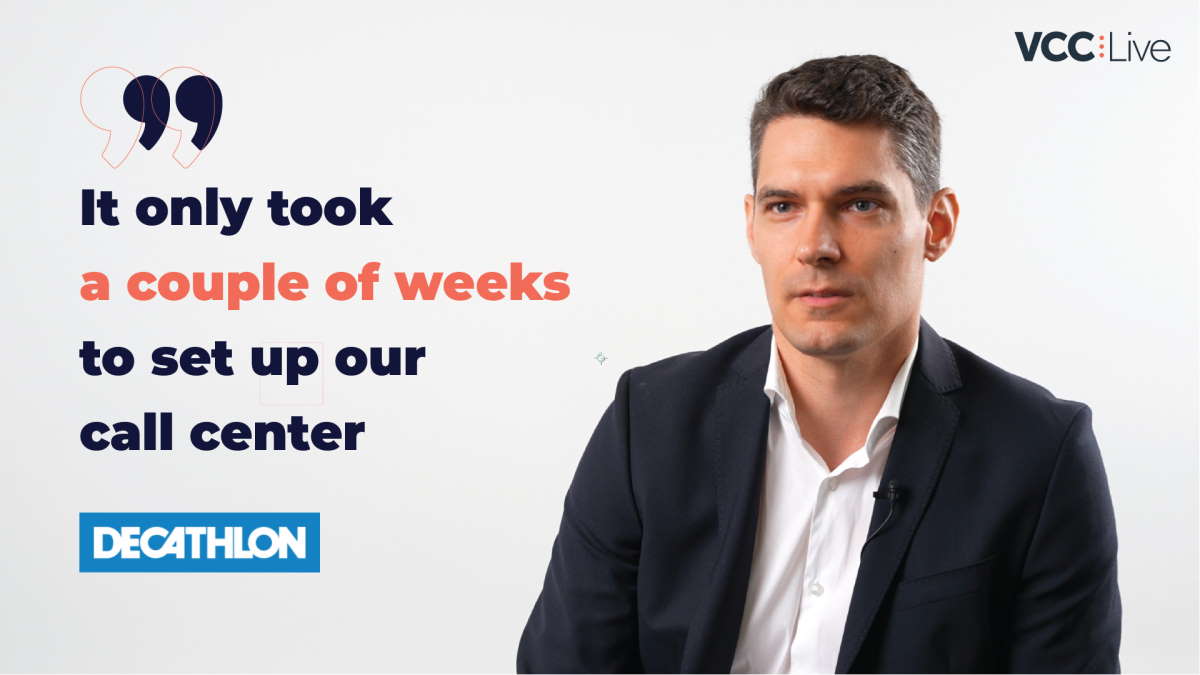
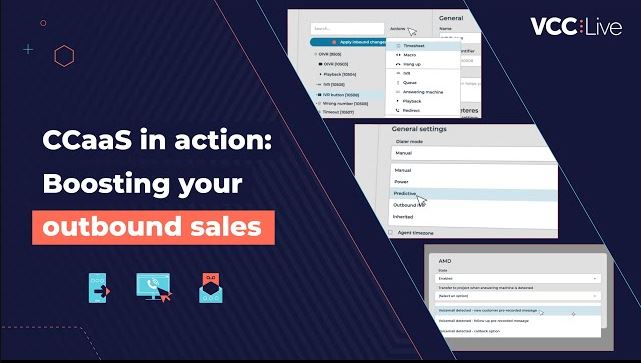
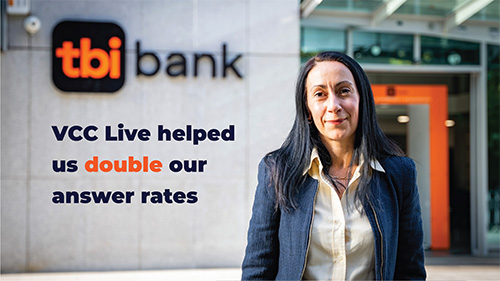
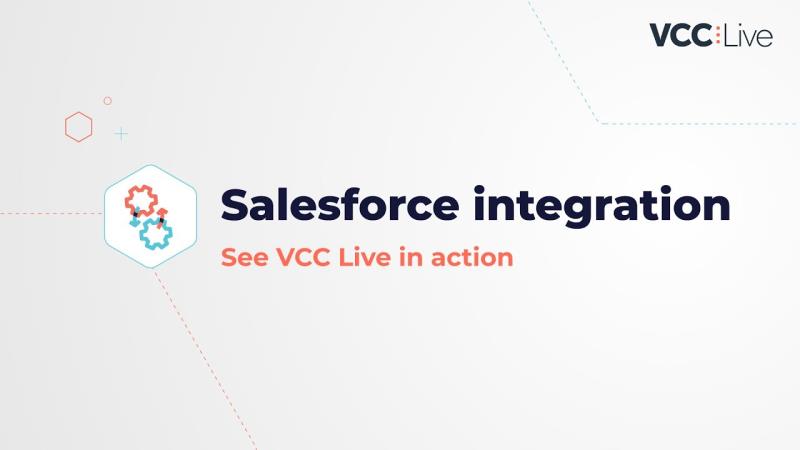
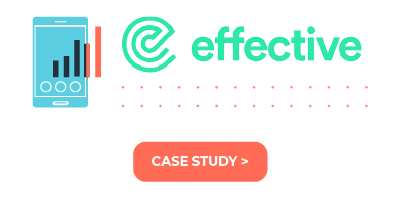
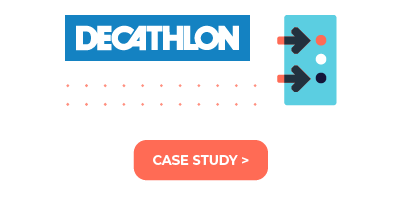
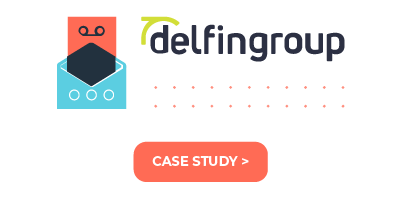

Comments
Can’t find what you need? Use the comment section below to connect with others, get answers from our experts, or share your ideas with us.
There are no comments yet.